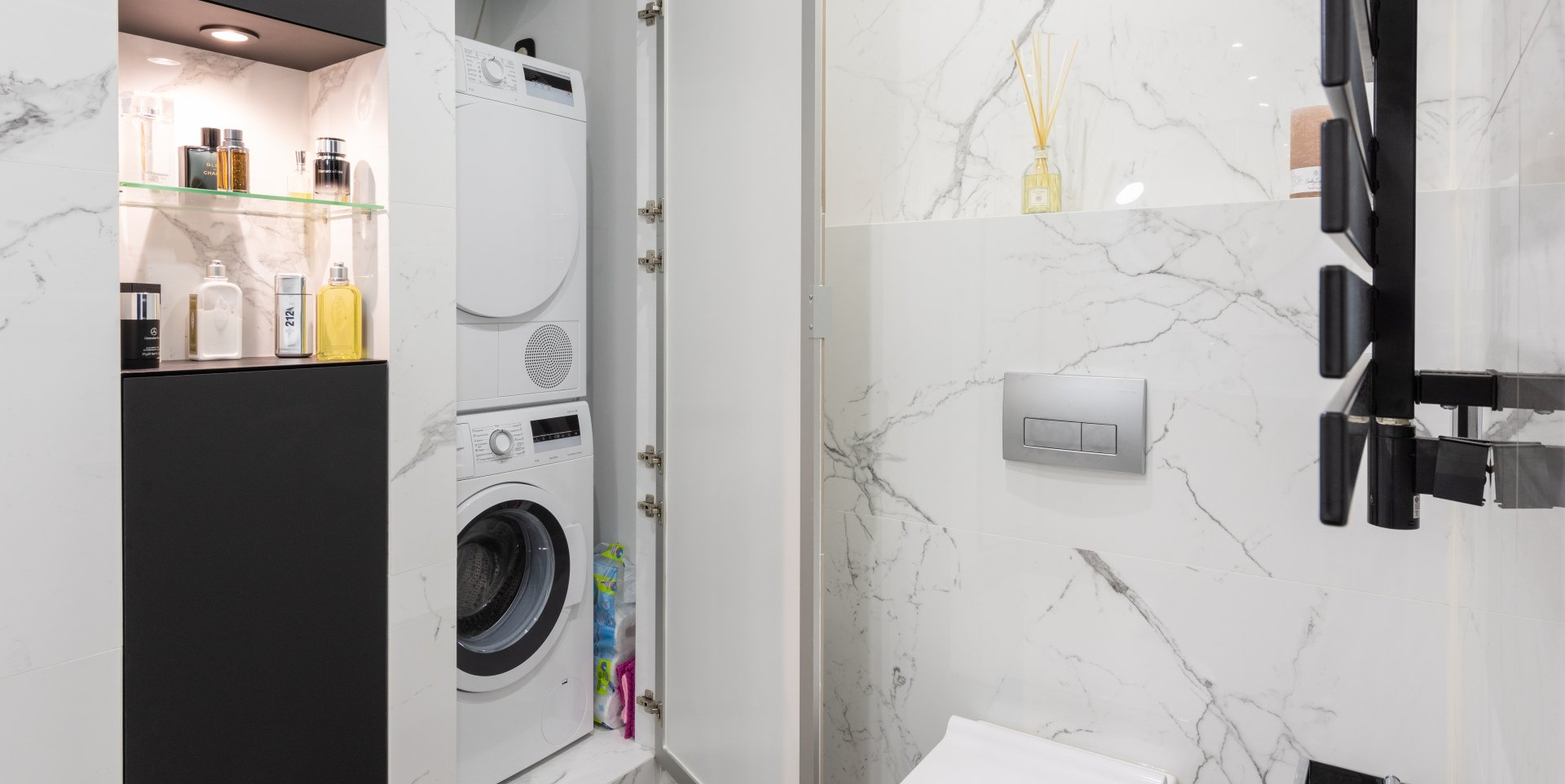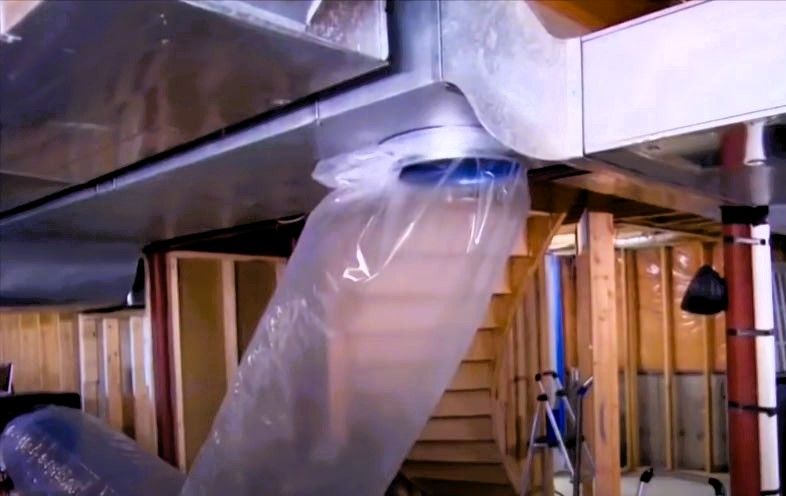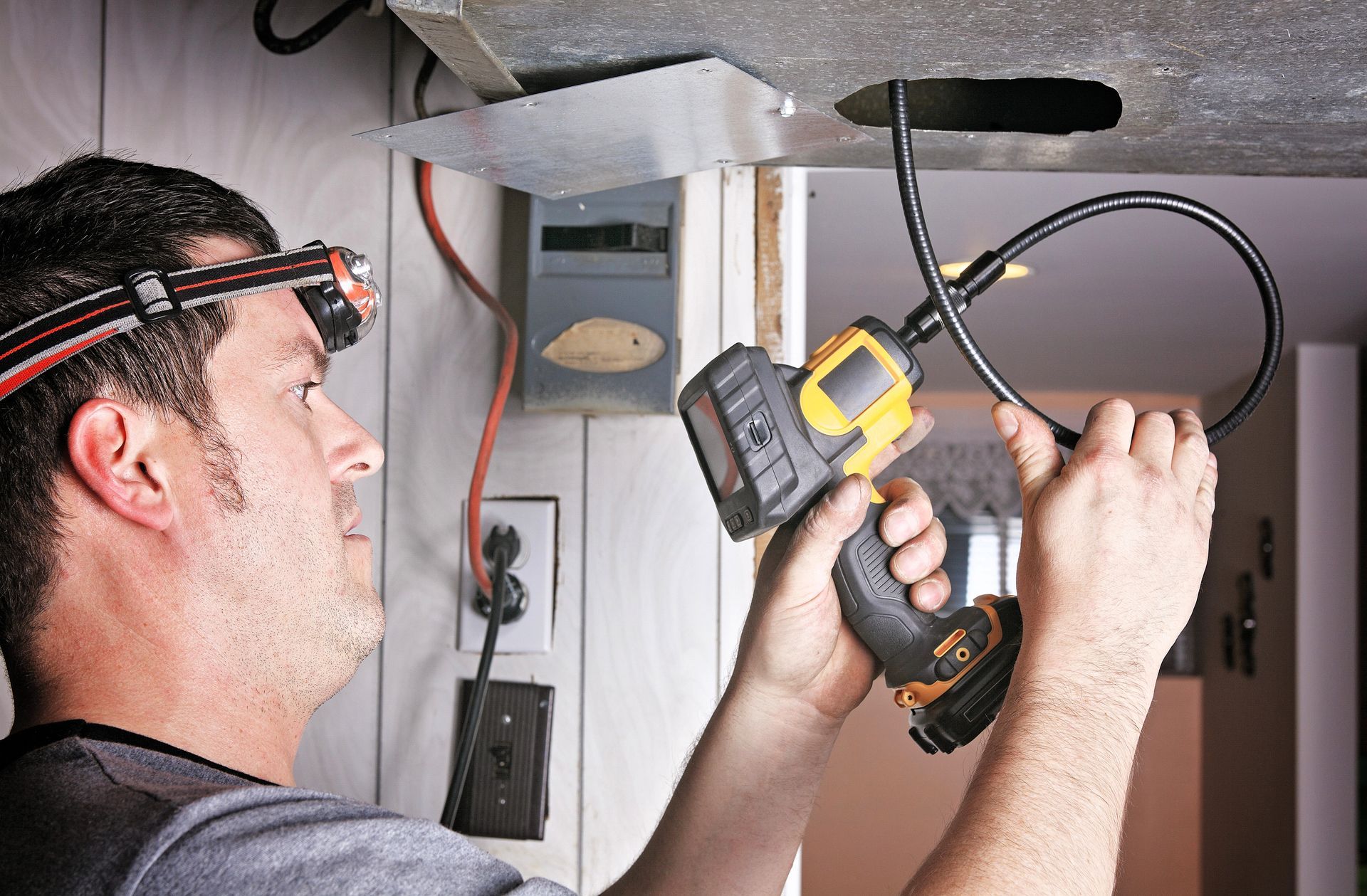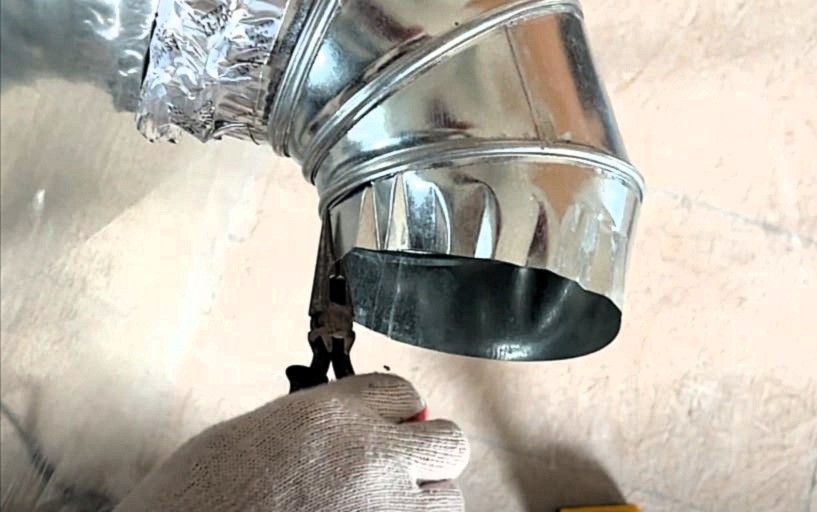Is Dryer Lint Really That Dangerous?
Learn about the hidden dangers of lint

Dryer lint is one thing that many homeowners neglect to clean out from their home's dryer vents until it's too late - which can be disastrous for your property and safety! If you're not sure what this means or how often you should be checking your lint screen, keep reading for some helpful tips on how often to clean out your dryer vent and lint trap!
What Is Lint?
Lint is created when excess fibers from the materials your clothes, towels, and sheets are made of, are broken down inside the dryer's tumbler. Add to this all of those extra detergents, softeners, and other laundry products that you may use in a given load of laundry - not to mention any debris that may make its way into the tumbler - and you have a recipe for disaster!
Dryer lint is extremely dangerous when it ends up inside your dryer vent because it can cause huge clogs that will not only affect how well your machine runs, but also pose serious fire hazards in the home. This applies whether you're using gas, electric, or battery-powered appliances.
Hidden Dangers of Dryer Lint
Dryer fires are a common problem, but they can be prevented.
Most dryer fires wouldn’t happen if homeowners took action quickly to find out the reason behind long dry times. When a dryer suffers from a blocked or restricted vent, lint won’t get exhausted outdoors, but instead it collects inside the dryer or the vent. Over time, the lint builds up and creates a restriction or blockage that builds up inside of your machine and makes its way to the source of heat.
Imagine for a moment what happens when your clothes come into contact with glowing red heating elements (or even open flames) surrounded by an abundance of dryer lint- it will ignite quickly!
The fire uses the oxygen in your dryer's exhaust vent to help it grow and since most vents are routed inside your walls or ceilings, it’s not long before a fire starts burning out of control.
Learn to Prevent Dryer Fires
Is your dryer fireproof?
If you’ve never had a reason to think about it, now is the time. Dryer lint is very dangerous and can easily start a fire if not taken care of properly. Imagine what would happen if your house caught on fire because of something as simple as lint! I’m sure you don't want that to happen, so here are some steps you can take to prevent this from happening:
- Regular vent cleanings
- Replacing an old plastic or foil vent with metal (preferred) rigid or flexible vents; and
- Having the vents installed by professionals who know how long they should be.
These small things go a long way in preventing fires in our homes. Don’t wait until it's too late! Dryer lint is a fire danger and learning how to prevent dryer fires is important for safety inside the home and at the same time prolonging the life of the dryer.
Length vs. Efficiency
Dryer lint is a serious fire hazard. There are many dangers associated with lint buildup in the dryer venting system. Lint can accumulate at bends and 90 degree turns, where it can easily catch on fire because of its highly combustible nature.
The simple act of drying clothes can generate enough heat to create a dangerous situation that could cause your house to burn down if not taken seriously. Dryers create hot exhaust which needs adequate ventilation to avoid problems like overheating, fires, or even carbon monoxide poisoning from backdrafts.
Is dryer lint really that dangerous? Yes, it is!
Remember it is important to maintain dryer safety by getting your vent cleaned out regularly. It isn’t as simple a task as many think.
Professionals trained in proper vent cleaning and installation know firsthand the vital importance of maintaining your venting system. Grand Rapids Air Duct Pros is staffed with knowledgeable technicians experienced in all areas of duct cleaning. Call us today!







